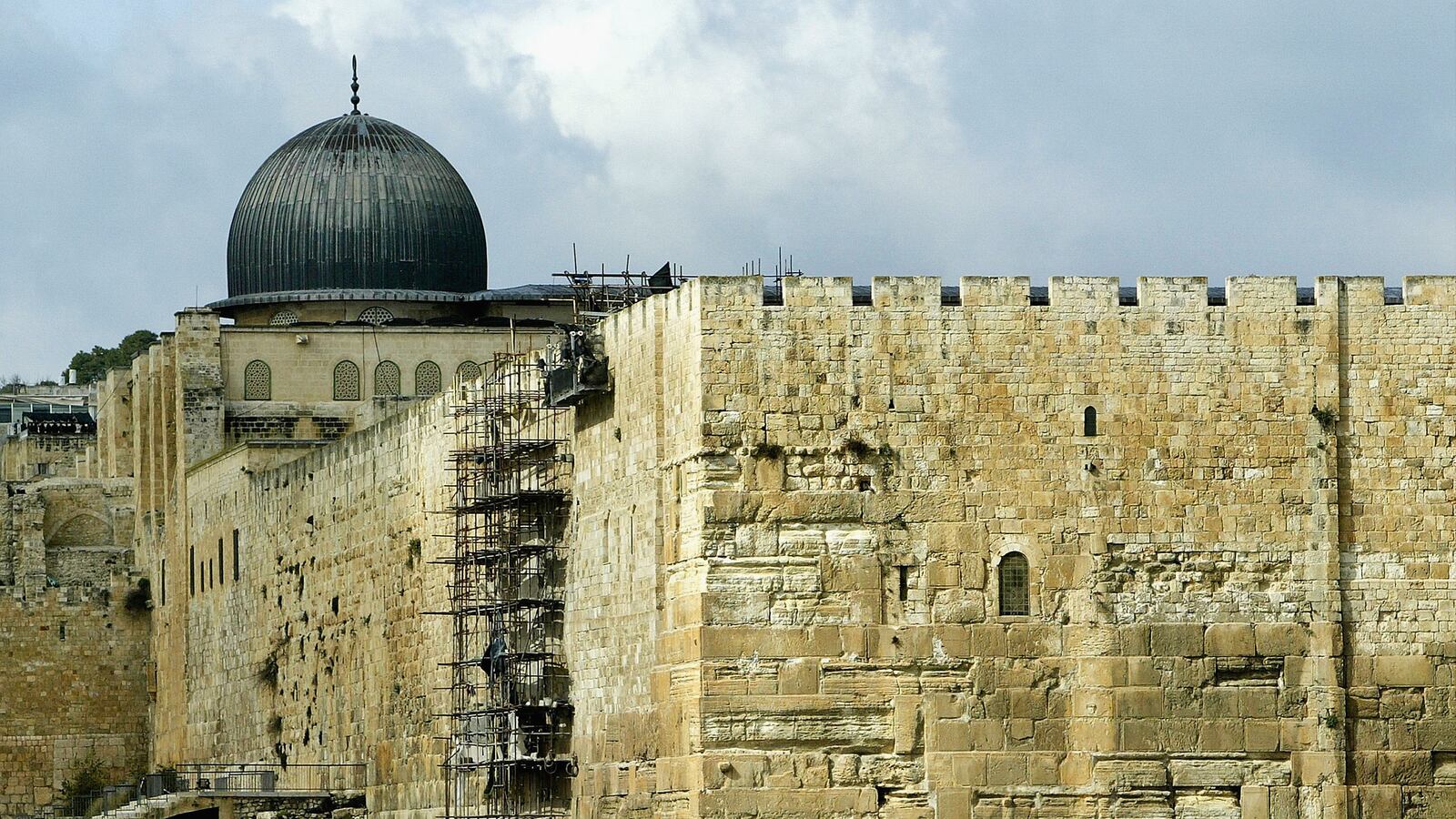As a California-based rabbi on sabbatical in Jerusalem for the year, I have enjoyed exploring the city’s rich culture and heritage, particularly its archaeological history. But as a religious leader who champions human rights, I have also been shocked and disturbed to learn that in Jerusalem, where layers of history have been unfolding for millennia, a true archaeological treasure has fallen prey to politics.
Just a few steps outside of the walls of the Old City is the City of David. It is widely considered one of the most important archaeological sites in all of Jerusalem. As one of the Holy City’s most visited tourist attractions, it draws hundreds of thousands of Israelis and foreigners over the Green Line into the East Jerusalem neighborhood of Silwan every year. This prominent site of biblical era archaeology features historical finds including the Royal Acropolis, Hezekiah's Tunnel, and the Gihon Spring, ancient Jerusalem's main water source.
The Israeli government has considered the City of David a national park since the early 1970s. Since that time, the Israel Nature and Parks Authority has retained management authority, but the Israeli government turned over park operations to the settler organization Elad—an acronym for “to the City of David” in Hebrew—in 2005. To this day Elad continues to essentially control the City of David, while the Israel Nature and Parks Authority involvement with the site remains minor.

Elad has an explicit political agenda. The organization’s stated goal is “settling families in the City of David and developing the site as a Jewish neighborhood.” Elad operates the park, it provides its educational materials, films and signs; it collects entry fees for its guided tours; and it runs the concession and gift shops. Charitable donations that Elad receives simultaneously fund the majority of the archaeological excavations in and around the City of David Park and finance moving ideological Jewish settlers into East Jerusalem.
Visitors to this important spot are mostly unaware that they are receiving a slanted version of history: a settler narrative that omits sweeping periods of history prior to the time of King David and the glosses over the impact of these civilizations had on the development of Jerusalem. Many people leave the park not even aware that they have been in a Palestinian neighborhood.
T’ruah: The Rabbinic Call for Human Rights, a North American-based organization that works closely with Israeli partners, recently arranged for me to visit the City of David, not with the standard settler-narrated tour guides, but with Israelis representing two NGOs, Emek Shaveh and Ir Amim, both working to raise awareness about the highly problematic nature of the relationship between Israeli officials and Elad.
On our tour, two of the organizations’ leaders showed me how Elad fails to reflect most layers of The City of David National Park that don’t represent Jewish history, even though Jerusalem has been home to many different civilizations. I learned about how excavations are conducted under roads, schools, mosques, and Palestinian homes, often without consulting or even notifying local residents. I saw armed private security on guard at the homes of settlers. And, I was struck by the stark contrast between the overall level of development in the Silwan neighborhood surrounding the park and the neighborhoods of West Jerusalem I know well.
As an American Jewish leader, I am gravely concerned about the situation in Silwan because I love and care deeply not only about Jerusalem’s history, but also its future. I support the Israelis who are working tirelessly, with great hope and optimism, to ensure that Israel continues to be a pluralistic, democratic state that ensures the rights of all its people. I join with the Israeli organizations and the Israeli citizens who are calling for Elad to be removed from power over this important historical site, allowing a fair and balanced approach to be taken in this sensitive area of East Jerusalem.
As Emek Shaveh has written, “When ideological groups use the archaeological finds as proof of their historic right to take possession of a given place, and at the same time to undermine the rights of the local people living there—then archaeology is in danger of losing its status as an independent field of research.”





